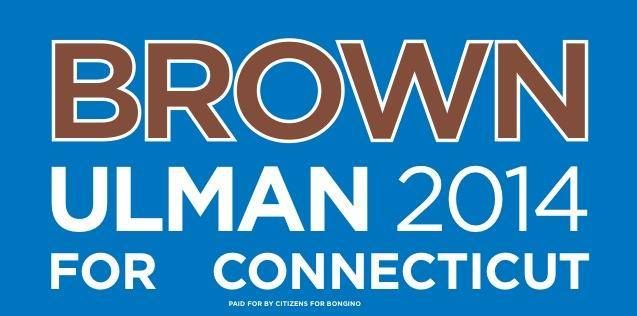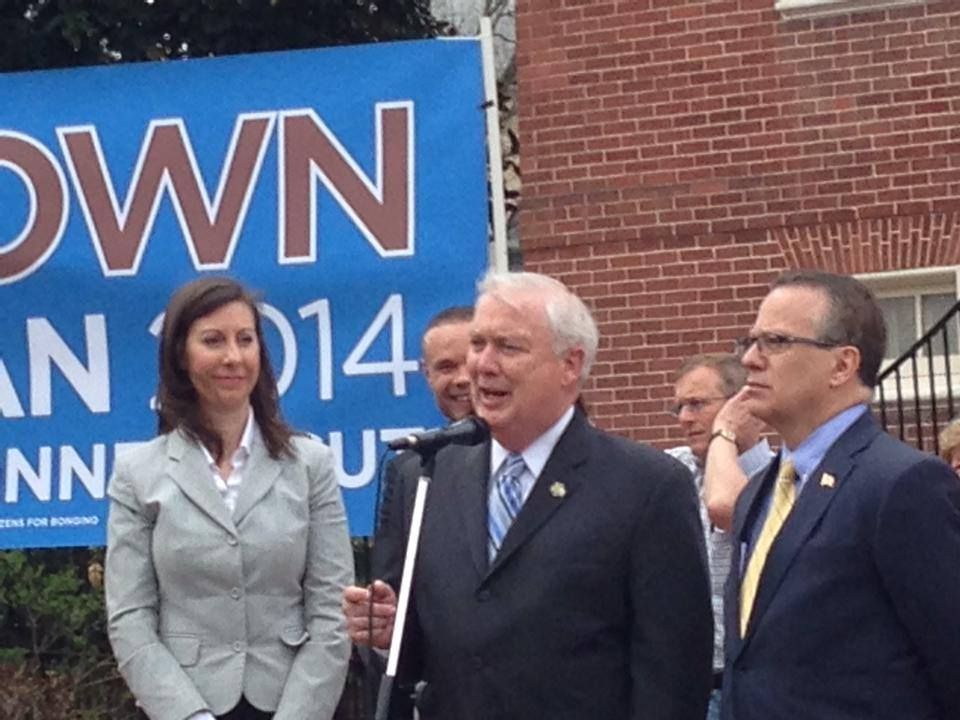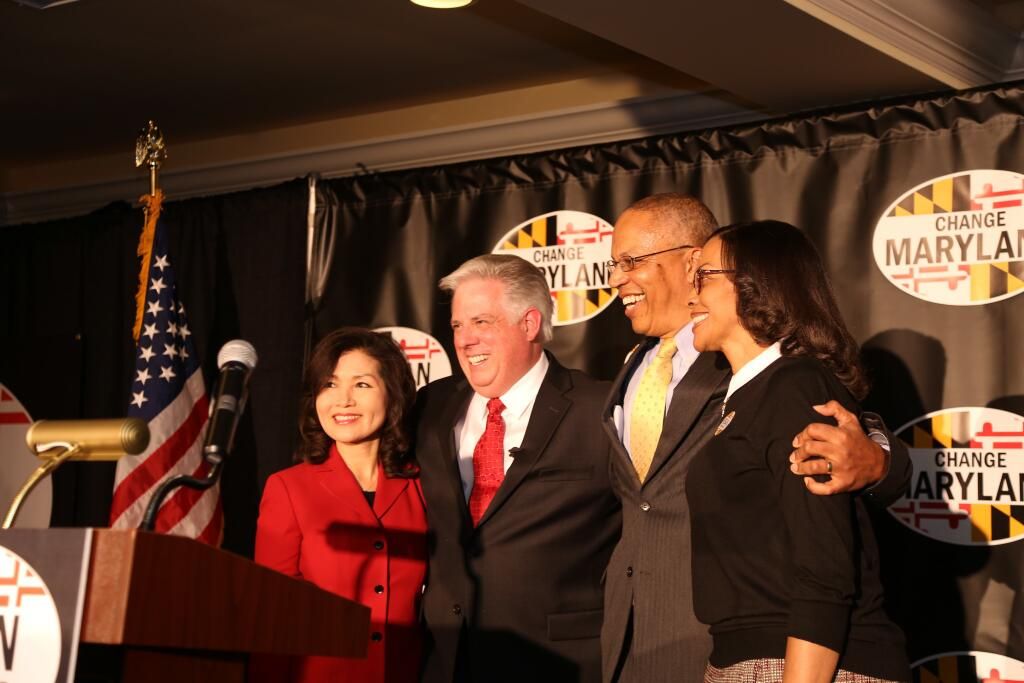Three of those gentlemen who would like to deliver the next State of the State address in 2015 put out remarks in reaction to the current occupant of Government House and what he had to say yesterday afternoon. These are in alphabetical order, by the way, not necessarily in order of preference.
David Craig called the O’Malley era a “sad legacy” in his brief statement, one which focused on the failure to implement the state health insurance exchange but the success he had in implementing higher taxes and fees:
The O’Malley-Brown years leave a sad legacy for those interested in basic government competence, fiscal responsibility and individual freedom.
While Governor O’Malley acknowledged the failure of his Administration and Lt. Gov. Brown to implement Obamacare, there are important facts missing among the many statistics he likes to choose. The Administration has a long way to go on providing transparency on health care including the number of how many consumers are obtaining actual coverage, the number of people dropped from private plans and the total cost.
We have heard for several years now the growing amount of money in so-called ‘cuts’ to the budget, when in fact the budget has grown $10 billion during the O’Malley and Brown terms. Over 70 tax, fee and toll increases are hurting the economy, reducing employment compared to other states in the region and is taking more money for more government.
Similarly, Delegate Ron George attacked O’Malley’s economic record, calling it a “burden on job creation”:
Never has a governor so boldly claimed budget cuts, economic growth and a shrinking executive branch in the face of such clear evidence against. Small businesses have seen their taxes rise tremendously under the O’Malley/Brown administration. Now in 2014, he is burdening job creators with the rain tax, implementation of Obamacare and a forced wage increase.
The O’Malley/Brown administration has seen the relocation of thousands of small businesses and tens of thousands of taxpayers due to a hostile state government. Our mom and pop shops, who employ the majority of our workers, are already struggling to stay open. We must focus on expanding opportunities for entrepreneurs and technical training for our unemployed to protect and grow our middle class for generations to come.
More bluntly, Larry Hogan called O’Malley’s tenure one of “nothing more than lip service” to working Marylanders:
Year after year, this governor has provided nothing more than lip service to hundreds of thousands of hard working Maryland families who look to their governor for leadership. Today was no different. We heard nothing about how the O’Malley-Brown administration plans to turn our economy around, nothing about attracting job creators to Maryland, and no apology to the tens of thousands of Marylanders who have not been able to participate in Maryland’s healthcare exchange.
Instead, what Governor O’Malley delivered today was pure fiction. The Governor continued his perennial claim of spending cuts when the simple fact is the O’Malley-Brown administration has increased spending by 33 percent: from $29.5 billion in their first year to $39.2 billion proposed in their final year.
O’Malley talked a lot about the middle class but, under this administration, the middle class has never felt more pain. The O’Malley-Brown administration paid for their excessive spending on the backs of the middle class. Forty consecutive tax and fee increases – record sales tax increases, the massive gas tax increase, and higher fees on nearly everything – have hit the middle class pocket book the hardest. Their taxes have gone up, their jobs have disappeared, and they now pay more than ever to heat their homes, commute to work, and feed their families.
Marylanders deserve better.
These themes and more were woven into the “official” Republican response, which came this year from Senate Minority Leader David Brinkley.
But all of them – with the exception of Ron George, who briefly touched on a couple ideas he had – did a great job of identifying the problem, yet didn’t pose any possible solutions. Having the longest space in the official response, Brinkley did well speaking to the issue with O’Malley’s signature initiative this year of raising the minimum wage, but what is really needed are some actual business people testifying that if the minimum wage goes up, they’ll have to reduce staff and raise prices to consumers. What’s not generally mentioned is that the process of raising the minimum is envisioned as a multi-step program, as the $10.10 per hour wouldn’t take effect until July 1, 2016. (As the bill is written, the wage would step up in 95-cent annual increments beginning July 1, 2014. However, after that point the intention is to index the minimum to inflation so it would automatically go up each year at a slightly faster pace – the bill rounds it up to the nearest penny.)
The other initiative items O’Malley touched upon in his remarks were “advancing” universal pre-kindergarten across the state and revamping domestic violence laws, both of which also happen to be key platform planks in his lieutenant governor’s campaign. My question on pre-K, though, is twofold: what sort of “investment” are we talking about and is it going to be worth it? Studies of the effects of Head Start on young students show that the advantages gained in such a classroom environment evaporate quickly, at best by the time the child reaches third grade but perhaps even after first grade. But it sure would create a lot of union jobs.
Most disappointing – although I can’t say I’m surprised after seven years of this mismanagement at the state level – are the two most fundamental misunderstandings uttered by our state’s chief executive.
Here’s the first one:
We’ve lost sight of how our economy works when it is working well.
Prosperity doesn’t trickle down from the top.
It never has.
It’s built from the middle out — and from the middle up.
It was O’Malley’s Democratic fellow, President John F. Kennedy, who popularized the phrase “a rising tide lifts all boats.” Using the ocean as an analogy, O’Malley’s argument would seem to be that the ocean rises when the streams which feed it increase their inward flow. Indeed, this is true to some extent, but remember those streams are replenished by the rain which falls from above, as it also does over the ocean.
Obviously there are some people in the world who would be happy with a middle-class existence. But I haven’t seen the lottery yet which succeeded on the promise of $50,000 a year – people aspire to wealth, although obviously with the caveat of not having to do more than purchase a ticket to secure it. The odds are vastly better that someone who works hard to enact his entrepreneurial ideas will become wealthy, dragging many of those who simply aspire to be middle-class upward with him or her through being employed in the enterprise.
Unfortunately, the path to becoming middle-class seems now to be most readily available through government. I have a friend who has been an entrepreneur; unfortunately, his ventures haven’t been as successful as he would like. His new job is with a state agency – yes, the pay is decent but the problem his conscience wrestles with is one of being a taker rather than a creator. There are many fine federal, state, and local government workers out there but all of them share one thing in common: they’re paid by revenues mainly collected from the private sector. The O’Malley legacy is one of absolutely brutalizing the private sector producers, who can’t trickle anything once the state is through with them.
Here’s the second issue – stop me if you’ve heard this one before:
Seven years later, we are not just One Maryland. By many measures, we are Number One Maryland.
And by many other important measures, we are number 24 or 41 or 44 Maryland. But my contention is that the state is not One Maryland, but really at least four: the western panhandle, which combines rugged beauty with the potential to tap significant energy reserves; the I-95 corridor where most people live, a study in contrasts between rich and poor, educated and streetwise, and all shades in between; southern Maryland, which is the quickly evolving bedroom community and playground for those who work in government; and the Eastern Shore, where agriculture and tourism have to co-exist, doing so more or less peacefully. Making decisions for one region tends to adversely affect the other ones.
But I think “One Maryland” to Martin O’Malley is his code to continue the top-down, Annapolis-knows-best leadership style for which his administration has been known. We’ve had the septic bill, the rain tax, educational maintenance of effort requirements, and dozens of other instances where counties serves as little more than lines on a map because their authority is folded under the Annapolis bureaucracy.
I understand the Republicans only had a limited time to respond, but there was so much we left on the table in replying to Martin O’Malley’s message. I’m looking forward to Republicans laying out their plan for Maryland, since I’m confident conservative leadership can really move this state forward.
 It’s unfortunate the press conference wasn’t a couple weeks earlier, because the announcement had all the makings of a great April Fool’s joke. Unfortunately, the joke has been on Maryland taxpayers so earlier today Congressional candidate Dan Bongino and gubernatorial candidates David Craig and Ron George made their endorsement of Anthony Brown for governor of the Nutmeg State, Connecticut.
It’s unfortunate the press conference wasn’t a couple weeks earlier, because the announcement had all the makings of a great April Fool’s joke. Unfortunately, the joke has been on Maryland taxpayers so earlier today Congressional candidate Dan Bongino and gubernatorial candidates David Craig and Ron George made their endorsement of Anthony Brown for governor of the Nutmeg State, Connecticut.



